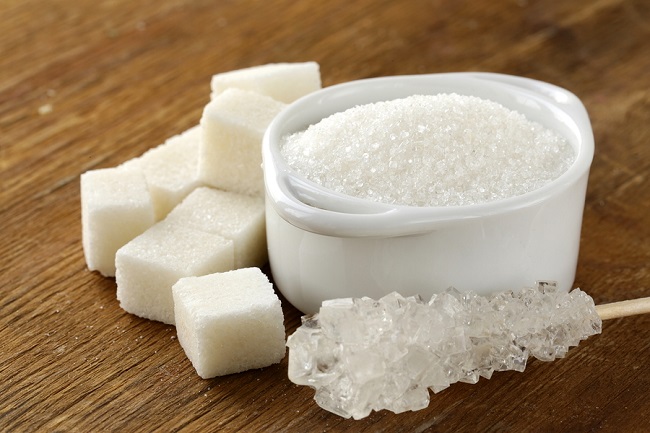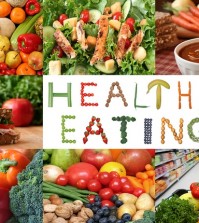- Make It Yourself Lavender Heart-Shaped Bath Bombs!
- 20 Things You Never Knew About “Down There”
- 12 Best Foods For Those Suffering From Arthritis Pain
- 12 Personal Hygiene Mistakes Almost Everyone Makes (Mom Never Told You About #4!)
- 15 Medicinal Plants And Herbs From The Cherokee People
- 12 Mind-Blowing Benefits Of Drinking Coconut Water During Pregnancy
- 12 Outstanding Winter Foods That Won’t Fatten You Up Like A Christmas Turkey
The Most Common Tricky Names For Sugar That Is Hiding In Your Food

Photo credit: bigstock.com
If you are like us here at NaturalOn, you are trying to cut as much refined sugar out of your life as possible.
Unfortunately, most Americans still don’t know the truth about how much sugar they are consuming and how deadly it is for their bodies. The reasons for this are that most sugars are in processed foods, so people never even know that they are consuming it.
Also, manufacturers are smarter than we probably give them credit for. They deliberately try to mislead you by calling sugar different names so that even if you read their label, you might not recognize it for what it truly is: sugar. Seriously, how many people know that maltose is actually a type of sugar?
Let’s talk for just a minute about the different types of sugar; mainly glucose and fructose. Glucose is easily metabolized by every cell in the body, however fructose can only be metabolized by the liver. Fructose has been shown in study after study to be very dangerous to the body. A diet high in fructose leads to metabolic syndrome, diabetes, fatty liver, and insulin resistance.
Although you should cut back on as much sugar as possible, it is especially important that you avoid consuming sugars that are high in fructose.
Let’s look at the most common names for sugar.
1. Sugar or Sucrose
This is the most common type of sugar and the kind you probably have sitting next to your coffee maker. Referred to as “table sugar”, this is the naturally occurring type of carb that is found in most fruits and plants, such as sugar cane and sugar beets. Plain old table sugar is 50 percent glucose and 50 percent fructose, naturally bound together.
2. Agave Nectar
Sometimes called agave syrup, this is a very popular sugar alternative that comes from the leaves of the agave plant. Although it doesn’t spike blood sugar as much as regular table sugar, it still contains between 70 and 90 percent fructose and 10 to 30 percent glucose. This sweetener isn’t really a healthy alternative at all. It is highly processed and is probably even worse for your health than plain old white sugar!
3. High-Fructose Corn Syrup
Many times this is simply shortened to HFCS. This type of sweetener is extremely popular in the US and can be found in almost every type of processed food and drink in your supermarket today. This sweetener is a GM product and is so popular because it is extremely cheap.
Continue to Page 2
































